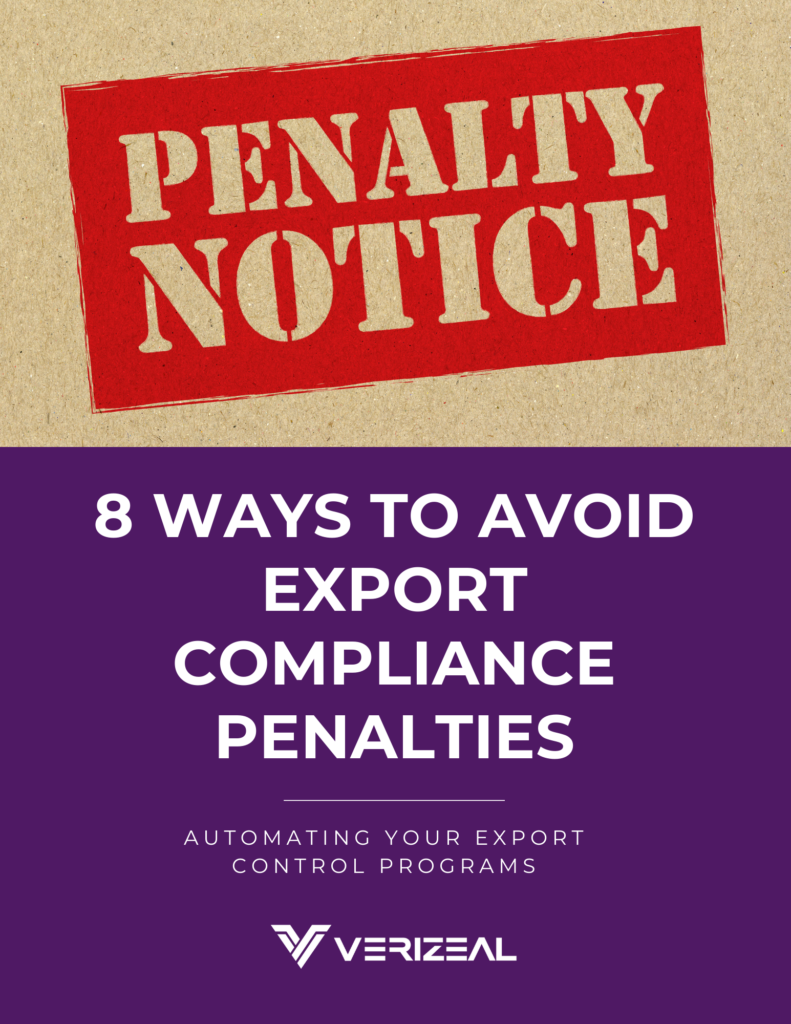The primary advantage of a blockchain compared to a traditional ledger or ERP system is that it provides a way for all parties involved in a transaction to review the flow of information. With traditional systems, each person can see the current status of a payment or a shipment but not how the record got to that status. Removing data “blind spots” is an excellent way of building trust.
It can be difficult for inventory errors or duplicate payments to be detected with traditional systems. Even if such issues are noticed, figuring out what went wrong and when isn’t always easy. ERP systems do offer the ability to view changes to their databases. Still, it can be difficult to tell which entries correspond to a specific transaction, especially when you have a large organization dealing with thousands of daily transactions.
Supply chain logistics can be incredibly complex, with orders being split into multiple shipments, each with its own invoices. Conversely, a single shipment may contain lots of smaller orders. In these cases, identifying which invoices, orders and shipment records are linked to each other becomes time-consuming.
Regular audits are an important part of the process and essential for export control compliance. However, the information uncovered by audits often barely scratches the surface of what supply chain businesses actually need to know. An audit can warn that something is wrong, but it is unlikely to explain why the issue arose.
Blockchain technology makes it much easier to track orders through the entire process and understand where issues may be coming from.
When a blockchain record-keeping system is in place, each asset is given a unique identifier in the form of a digital token. An asset could be a:
- Loan
- Unit of inventory
- Bill of lading
- Order
Each individual entity (or software solution) that needs to make changes to the blockchain is given their own unique identifier in the form of a digital signature. If a warehouse worker needs to state that a unit of inventory was unloaded into their warehouse, they’d append that piece of information to the blockchain and sign the block containing that information with their digital signature.
This differs from a simple “field in a database” because the old location isn’t being changed to the new one. Rather, a new block is being added to the chain, saying, “At 10:02 AM on this day, this person stated the shipment was here.” Every single piece of information is recorded in this way. Information cannot be deleted or changed. If someone makes a mistake, they must record a new block highlighting and correcting the mistake.
Blockchain technology typically relies on a distributed ledger, with all participants maintaining their own copies of the blockchain. This is important because it prevents tampering. If someone attempts to change information on the blockchain, their copy of the chain will differ from everyone else’s, making it obvious some suspicious activity has taken place.
It’s these properties that make blockchain useful for collaboration. Because changes are transparent and traceable, it becomes easier for multiple parties to work together, even if they haven’t built up much trust yet. Blockchain doesn’t completely solve the issue of trust, but it does make it much easier to prove what happened should things go wrong.
Blockchain technologies can be combined with other systems, such as ChainLink’s Oracles, to link up blockchain-powered systems to sources of verifiable real-world data, helping reduce the risk of fraudulent information being fed into your systems.
Real-World Case Studies
Walmart and Food Safety:
- Background: Walmart, one of the world’s largest retailers, faced challenges in tracing the origin of food products. With traditional systems, tracing a product back to its source could take days.
- Blockchain Solution: In collaboration with IBM, Walmart implemented a blockchain-based system to trace the origin of produce in real-time. Using this system, they could trace the origin of a mango in mere seconds.
- Outcome: The enhanced traceability not only improved food safety measures but also increased consumer trust in the products they purchase.
- Source: IBM News Room
De Beers and Diamond Provenance:
- Background: The diamond industry has long been plagued by concerns over “blood diamonds” or diamonds mined in war zones and sold to finance armed conflict.
- Blockchain Solution: De Beers introduced “Tracr”, a blockchain platform that tracks diamonds from the mine to the market. This ensures that consumers are purchasing ethically sourced diamonds.
- Outcome: The transparency provided by the blockchain system has enhanced consumer confidence and ensured that diamonds are conflict-free.
- Source: De Beers Group



